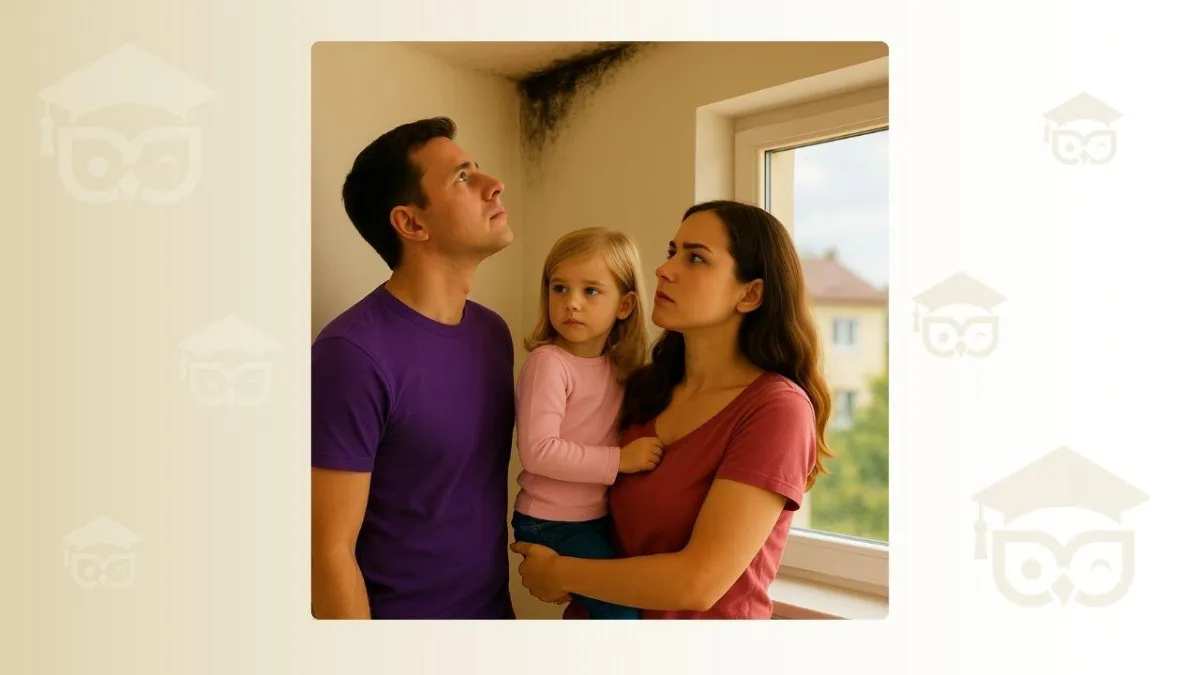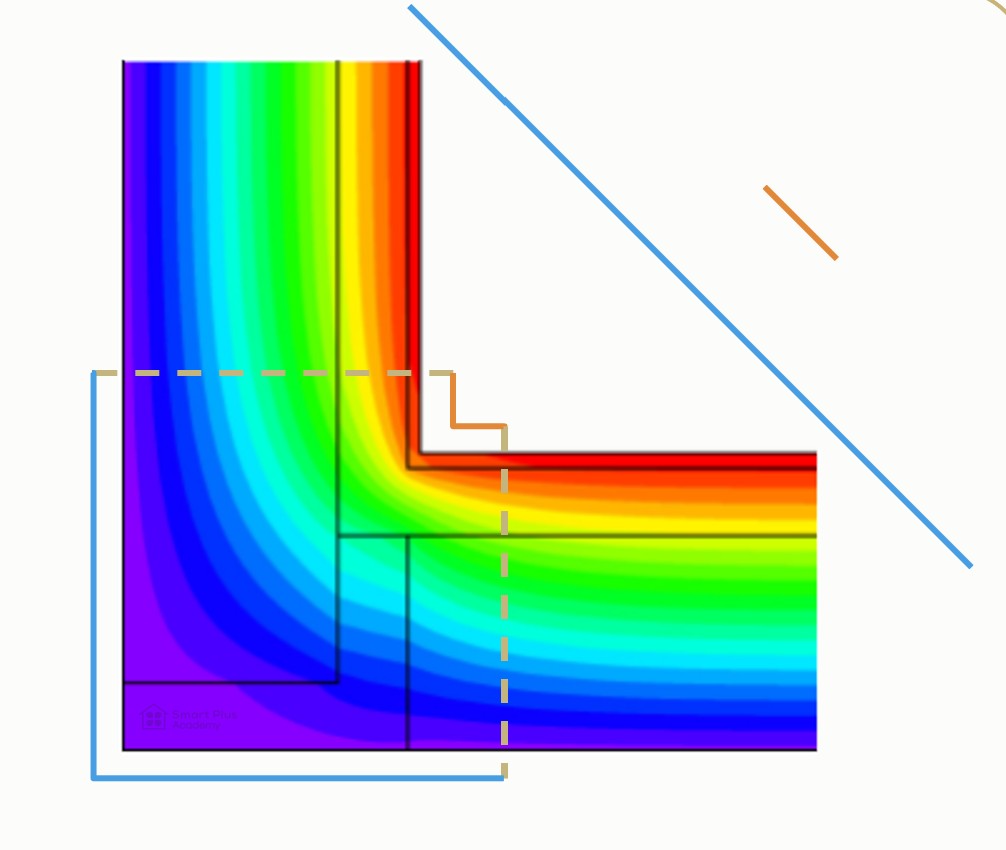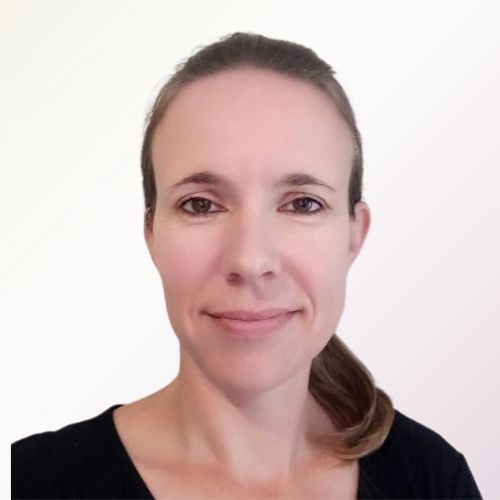
PHW 004 - A Cold Spot is a Mould Spot
Your Quick Win Summary
Design out cold spots — continuous insulation, airtight construction and careful thermal-bridge detailing keep interior surfaces warm so mould can't take hold.
Choose How You Want to Learn:
Flexibility for different learning styles — all blocks optional, use one or all, you choose.
🎧 Listen on the Go:
Audio version for your commute
☕ Coffee Chat with Your Mentors:
Join senior trainers Julia and Daniel as they share insider tips you won't find in textbooks. Real talk about what actually works on-site.
🎙️ Hear It From Aime & Aiden
Our AI podcast hosts break this down into bite-sized insights. Perfect for your morning walk.
Why Cold Spots Become Mould Spots: The Building Physics You Need To Know
Last time we explored how Passivhaus doesn’t have to be expensive. Today's revelation? 75% of Australian homes have active mould growth right now. The repair costs average $5,000. The health costs? Immeasurable.
The Building Physics You Need to Know
You've probably noticed it—that stubborn mould creeping into corners and around windows. But here's what's really happening. And why Passivhaus design eliminates this problem entirely.
Why Corners and Windows Become Mould Magnets
You know thermal bridges cause problems. But what does that actually mean?
Picture cutting through a corner of your wall. The inside corner distance is much shorter than the outside corner distance. Small interior surface. Large exterior surface. The big one wins.

When it's cold outside, that larger surface dominates. Your interior corner temperature drops 5-7°C below the wall. Think tug-of-war where one team has twice as many people.
The 13-Degree Rule That Changes Everything
Here's what most builders don't realize: you don't need visible condensation for mould to grow.
Mould starts forming at 80% relative humidity. Building physics shows this happens at 13°C surface temperature (with starting conditions of 20°C indoor air temperature and 50% relative humidity). Below this? Mould risk skyrockets.
Research shows 80% of homes have at least one surface below this threshold. That's 13°C—cooler than your coffee after 10 minutes.
Passivhaus standards maintain every corner above 13°C. Every window reveal. Zero mould growth.
The Hidden Physics of Moisture and Temperature
"But why does relative humidity increase when temperature drops?"
Think of air like a sponge. Warm air is a big sponge holding lots of water. Cold air is a compressed sponge—same water, less capacity.
The numbers? At 20°C air holds 17g/m³ of water. At 0°C only 5g/m³. That's 70% less capacity.
The water amount doesn't change. But relative humidity shoots up. It's why your skin gets itchy in winter—cold air literally pulls moisture from your skin.
What This Means for Your Health
Mould isn't just unsightly. Those spores are microscopic. They float through your room constantly. You're breathing them right now if you have mould.
WHO reports indoor mould increases respiratory issues by 40%. Most people experience minor effects—sniffles, fatigue, headaches. But for some, one exposure triggers serious, irreversible health impacts. Your immune system takes the hit either way.
The Passivhaus Solution Is Already Proven
PHPP calculations demonstrate proper thermal bridge design eliminates cold spots entirely. Your interior surface temperatures stay above 17°C and every corner above 13°C. Even when it's -10°C outside.
Real-world data speaks volumes: Zero mould claims in 30 years of certified Passivhaus buildings. That's 65,000 buildings worldwide. Not one mould problem.
You're not fighting moisture anymore. You're preventing the conditions where problems start.
________________________________________
Next time: Certified and Confident — we’ll show how becoming a certified Passivhaus professional boosts your credibility, skills and project outcomes.
[Join Passivhaus Weekly →] Tuesday insights, five formats, zero fluff
📚 Resources to Support Your Journey
📥 Downloads
["Where can I expect Thermal Bridges in my Home?"] - Thermal Bridge short guide
📅 Next Courses Starting Soon
Passivhaus DESIGNER Course - Start: [Tuesday, 14. October 2025] - Start Today
Passivhaus TRADES Course - Start: [Tuesday, 28.October 2025] - Start Today
📞 Ready to Get Certified?
If you’re serious about becoming a Passivhaus Designer or Tradesperson, let’s map your path. Book a free 15-minute consulting call with our trainers and get clear on:
Which course is right for you.
How to start today to prepare for certification success.
[Book My Free Consulting Call]
💬 Join the Conversation
LinkedIn | Instagram | YouTube
Remember: You've got this. Passivhaus isn't complicated - it's just good building science made simple.
